Synergistic Humidification and Chemical Agglomeration to Improve Capturing the Fine Particulate Matter by Electrostatic Precipitator
Abstract
1. Introduction
2. Materials and Methods
2.1. Experimental Facility
2.1.1. Wet Electrostatic Precipitation System
2.1.2. Sampling System
2.1.3. Measurement and Observation Technology
2.2. Experimental Materials
3. Analysis and Discussion
3.1. Analysis of Coal Dust Particle Size
3.2. Morphological Analysis
3.3. Influence of Chemical Coagulation Agents on Dust Agglomeration
3.3.1. Influence of Chemical Coagulation Agents Types
3.3.2. Influence of Surfactant Types
3.3.3. Additive Effect of Chemical Coagulation Agent and Surfactants
3.4. Influence of Humidification on Dust Agglomeration Performance
3.4.1. Influence of Water Vapor Humidification
3.4.2. Additive Effect of Water Vapor and Chemical Coagulation Agent
3.4.3. Water Vapor, Chemical Coagulant and Surfactant on the Coagulation Process
3.5. The Influence of Humidifying Chemical Coagulation Agent on Dust Removal Efficiency
3.5.1. Influence of Chemical Coagulation Agent on Dust Removal Efficiency
3.5.2. Influence of the Additive Effect of Water Vapor and Chemical Coagulant
3.5.3. Influence of Water Vapor, Chemical Coagulant and Surfactant on the Coagulation Process
4. Conclusions
- Adding agglomeration agents can promote the coagulation of dust from coal-fired power plants. Among the five chemical agglomeration agents, SG has the best effect on dust coagulation. When the concentration of SG is 10 mg/L, the dust removal efficiency is 96.57%.
- Spraying water vapor can promote the coagulation of dust. When no water vapor is sprayed, the content of particles with a diameter less than 1 μm is 0.25%, and the content of particles with a diameter greater than 100 μm is 2.65%. When the spray rate of water vapor is 3.6 kg/h, the fine particles below 1 μm are removed, and the content of particles with a diameter greater than 100 μm increases to 10.63%.
- The additive effects of water vapor, chemical coagulant agents, and surfactants can significantly enhance the agglomeration effect. When 2.9 kg/h of water vapor is combined with 10 mg/L of SG and 5 mg/L of CTAB, the content of particles with a diameter over 100 μm is 40.43%, and the dust removal efficiency reaches 98.62%.
Author Contributions
Funding
Institutional Review Board Statement
Informed Consent Statement
Data Availability Statement
Acknowledgments
Conflicts of Interest
Nomenclature
| d | Particle diameter |
| D10 | Diameter when the cumulative distribution of dust is 10% |
| D50 | Diameter when the cumulative distribution of dust is 50% |
| D90 | Diameter when the cumulative distribution of dust is 90% |
| PM2.5 | Particulate matter with an aerodynamic diameter of less than or equal to 2.5 microns in the atmosphere |
References
- Top 10 News in the Coal Industry in 2022 China Coal Industry 2023, (01), 34–35.
- Yoo, S.-H.; Lee, J.-S. Electricity consumption and economic growth: A cross-country analysis. Energy Policy 2010, 38, 622–625. [Google Scholar] [CrossRef]
- Sun, X.; Zhang, B.; Peng, S. Research on the Development Trends and Strategic Countermeasures of Clean Coal Technology in China by 2035. Chin. Eng. Sci. 2020, 22, 132–140. [Google Scholar] [CrossRef]
- Zhang, Z.; Shu, Y.; Huang, J. Research on Comprehensive Treatment of Air Pollutants in Circulating Fluidized Bed Boilers with Mixed Burning Sludge. Energy Chem. Eng. 2021, 42, 56–60. [Google Scholar]
- Zhou, D. China’s energy situation and development direction and highlights of the new energy industry. China Econ. Trade Her. 2017, 3, 39–40. [Google Scholar]
- Duan, S.; Zhang, M.; Sun, Y.; Fang, Z.; Wang, H.; Li, S.; Peng, Y.; Li, J.; Li, J.; Tian, J.; et al. Corrigendum to Mechanism of PM2.5-induced human bronchial epithelial cell toxicity in central China. J. Hazard. Mater. 2020, 396, 122747. [Google Scholar] [CrossRef]
- He, W.; Meng, H.; Han, J.; Zhou, G.; Zheng, H.; Zhang, S. Spatiotemporal PM2.5 estimations in China from 2015 to 2020 using an improved gradient boosting decision tree. Chemosphere 2022, 296, 134003. [Google Scholar] [CrossRef] [PubMed]
- Li, J.; Wang, M.; Zhao, X.; Li, Z.; Niu, Y.; Wang, S.; Sun, Q. Efficient Iodine Removal by Porous Biochar-Confined Nano-Cu2O/Cu0: Rapid and Selective Adsorption of Iodide and Iodate Ions. Nanomaterials 2023, 13, 576. [Google Scholar] [CrossRef] [PubMed]
- Wang, J.; Yan, Y.; Si, H.; Li, J.; Zhao, Y.; Gao, T.; Pi, J.; Zhang, R.; Chen, R.; Chen, W.; et al. The effect of real-ambient PM2.5 exposure on the lung and gut microbiomes and the regulation of Nrf2. Ecotoxicol. Environ. Saf. 2023, 254, 114702. [Google Scholar] [CrossRef] [PubMed]
- Durham, M.D.; Schlager, R.J.; Ebner, T.G.; Stewart, R.M.; Bustard, C.J. Method and Apparatus for Decreased Undesired Particle Emissions in Gas Streams. U.S. Patent No. 5,893,943, 13 April 1999. [Google Scholar]
- Schæfer, T. Growth mechanisms in melt agglomeration in high shear mixers. Powder Technol. 2001, 117, 68–82. [Google Scholar] [CrossRef]
- Wei, F.; Zhang, J.; Wang, C. Research progress on agglomeration promotion technology of coal combustion ultrafine particles. Coal Convers. 2003, 27–31+63. [Google Scholar]
- Zhao, Y.; Zhang, J.; Wei, F. Experimental study on the agglomeration mechanism of coal-fired ultrafine particulate matter. J. Chem. Eng. 2007, 58, 2876–2881. [Google Scholar]
- Weber, S.; Briens, C.; Berruti, F.; Chan, E.; Gray, M. Effect of agglomerate properties on agglomerate stability in fluidized beds. Chem. Eng. Sci. 2008, 63, 4245–4256. [Google Scholar] [CrossRef]
- Dong, Y.; Qi, G.; Cui, L. Analysis of particle wetting and agglomeration phenomena in circulating fluidized bed flue gas desulfurization process. Power Eng. 2009, 29, 671–675. [Google Scholar]
- Li, H.; Zhang, J.; Zhao, Y. Wetting performance of coal-fired fly ash in thermal power plants. J. Chem. Eng. 2009, 60, 744–749. [Google Scholar]
- Li, H.; Zhang, J.; Zhao, Y. Study on the physicochemical properties and wetting mechanism of coal-fired fly ash. J. Eng. Thermophys. 2009, 30, 1597–1600. [Google Scholar]
- Leiviskä, T.; Sarpola, A.; Tanskanen, J. Removal of lipophilic extractives from debarking wastewater by adsorption on kaolin or enhanced coagulation with chitosan and kaolin. Appl. Clay Sci. 2012, 61, 22–28. [Google Scholar] [CrossRef]
- Balakin, B.V.; Kutsenko, K.V.; Lavrukhin, A.A.; Kosinski, P. The collision efficiency of liquid bridge agglomeration. Chem. Eng. Sci. 2015, 137, 590–600. [Google Scholar] [CrossRef]
- Guo, Y.; Zhang, J.; Zhao, Y.; Wang, S.; Jiang, C.; Zheng, C. Chemical agglomeration of fine particles in coal combustion flue gas: Experimental evaluation. Fuel 2017, 203, 557–569. [Google Scholar] [CrossRef]
- Sun, Z.; Yang, L.; Shen, A.; Hu, B.; Wang, X.; Wu, H. Improving the removal of fine particles from coal combustion in the effect of turbulent agglomeration enhanced by chemical spray. Fuel 2018, 234, 558–566. [Google Scholar] [CrossRef]
- Sun, Z.; Yang, L.; Shen, A.; Zhou, L.; Wu, H. Combined effect of chemical and turbulent agglomeration on improving the removal of fine particles by different coupling mode. Powder Technol. 2019, 344, 242–250. [Google Scholar] [CrossRef]
- Zhou, L.; Zhang, J.; Liu, X.; Wu, H.; Guan, Q.; Zeng, G.; Yang, L. Improving the electrostatic precipitation removal efficiency on fine particles by adding wetting agent during the chemical agglomeration process. Fuel Process. Technol. 2022, 230, 107202. [Google Scholar] [CrossRef]
- Carnali, J.O. A dispersed anisotropic phase as the origin of the weak-gel properties of aqueous xanthan gum. J. Appl. Polym. Sci. 1991, 43, 929–941. [Google Scholar] [CrossRef]
- Zhang, Q.; Gao, Y.; Zhai, Y.A.; Liu, F.Q.; Gao, G. Synthesis of sesbania gum supported dithiocarbamate chelating resin and studies on its adsorption performance for metal ions. Carbohydr. Polym. 2008, 73, 359–363. [Google Scholar] [CrossRef]
- Devaraj, R.D.; Reddy, C.K.; Xu, B. Health-promoting effects of konjac glucomannan and its practical applications: A critical review. Int. J. Biol. Macromol. 2019, 126, 273–281. [Google Scholar] [CrossRef] [PubMed]
- Yang, B.; Sun, B. Research progress in the synthesis of polyacrylamide. Contemp. Chem. Eng. 2017, 46, 286–288. [Google Scholar]
- Liu, Y.; Hu, B.; Zhou, L.; Jiang, Y.; Yang, L. Improving the Removal of Fine Particles with an Electrostatic Precipitator by Chemical Agglomeration. Fuel 2016, 30, 8441–8447. [Google Scholar] [CrossRef]
- Yang, X.; Lu, G.; She, B.; Liang, X.; Yin, R.; Guo, C.; Yi, X.; Dang, Z. Cosolubilization of 4,4′-dibromodiphenyl ether, naphthalene and pyrene mixtures in various surfactant micelles. Chem. Eng. J. 2015, 260, 74–82. [Google Scholar] [CrossRef]
- Zhao, B.; Zhu, L.; Li, W.; Chen, B. Solubilization and biodegradation of phenanthrene in mixed anionic–nonionic surfactant solutions. Chemosphere 2005, 58, 33–40. [Google Scholar] [CrossRef]
- Chai, J.; Zhang, G.; Li, G.; Li, Y.; Xu, G.; Ma, Z. Adsorption kinetics of CTAB aqueous solution surface. Acta Chim. Sin. 2001, 59, 2122–2125. [Google Scholar]
- Jing, B.; Zhang, J.; Lv, X.; Zhu, Y.; Zhang, F.; Jiang, W.; Tan, Y. Dissipative Particle Dynamics Simulation of Interfacial Tension in Triton X-100/Toluene/Water Ternary System. Chin. J. Phys. Chem. 2011, 27, 65–70. [Google Scholar]
- Wang, J.; Li, J.; Tai, C.; Zheng, X.; Guo, T. Study on the surface tension of hydrate accelerator SDS and SDBS solutions at low temperatures. Petrochem. Appl. 2014, 33, 3. [Google Scholar]
- Ma, Q. Flocculation Chemistry and Flocculant; China Environmental Science Press: Beijing, China, 1988. [Google Scholar]
- Gonçalves, R.A.; Holmberg, K.; Lindman, B. Cationic surfactants: A review. J. Mol. Liq. 2023, 375, 121335. [Google Scholar] [CrossRef]
- Fletcher, N.H. Size Effect in Heterogeneous Nucleation. J. Chem. Phys. 1958, 29, 572–576. [Google Scholar] [CrossRef]

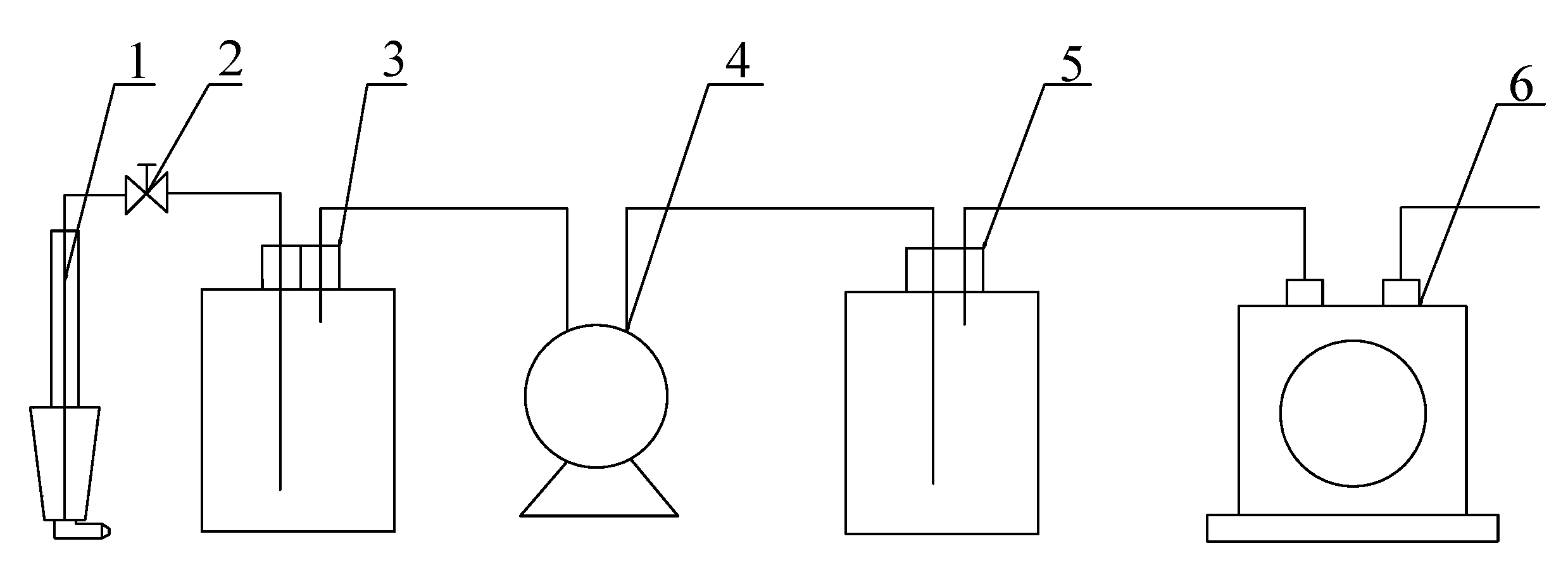
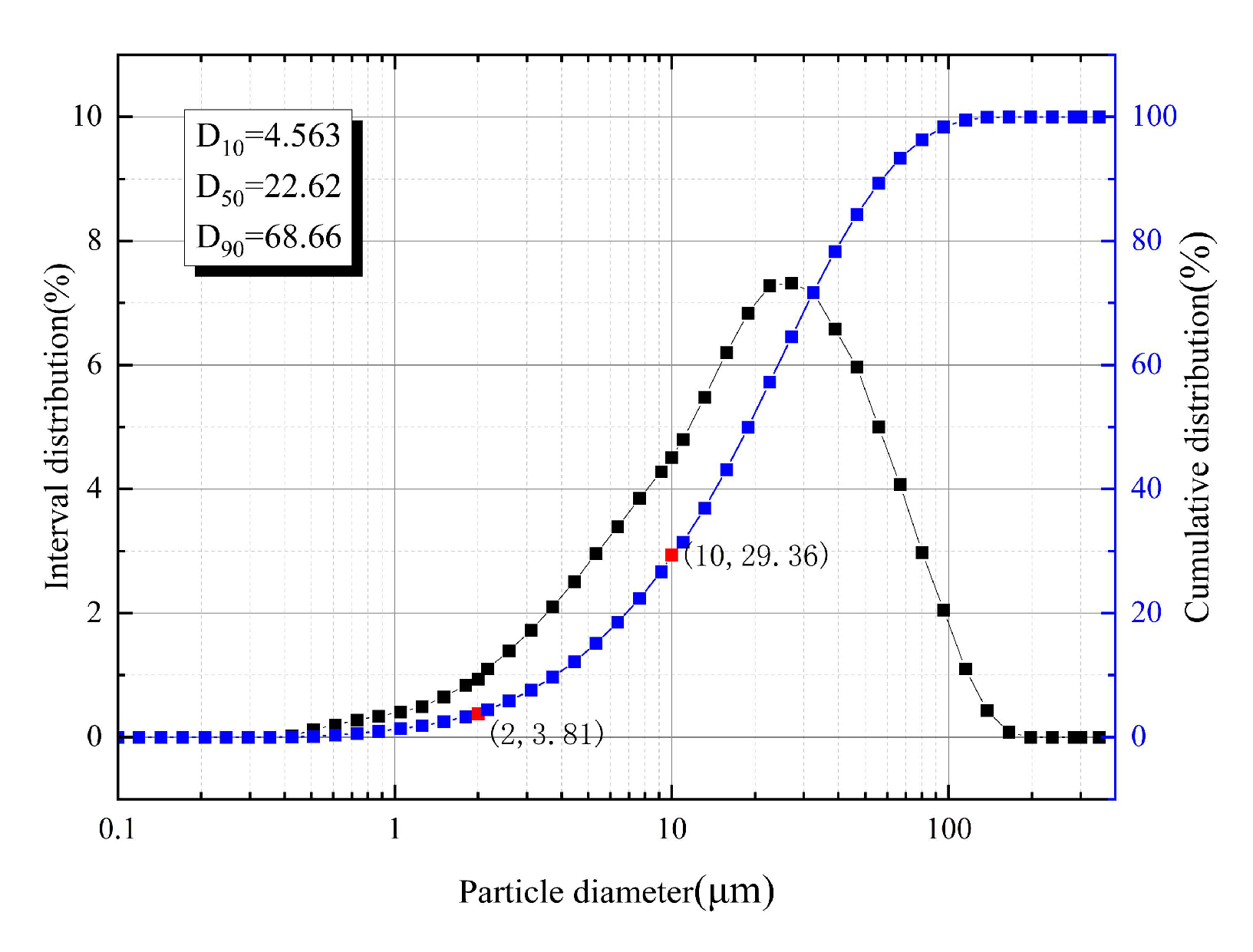

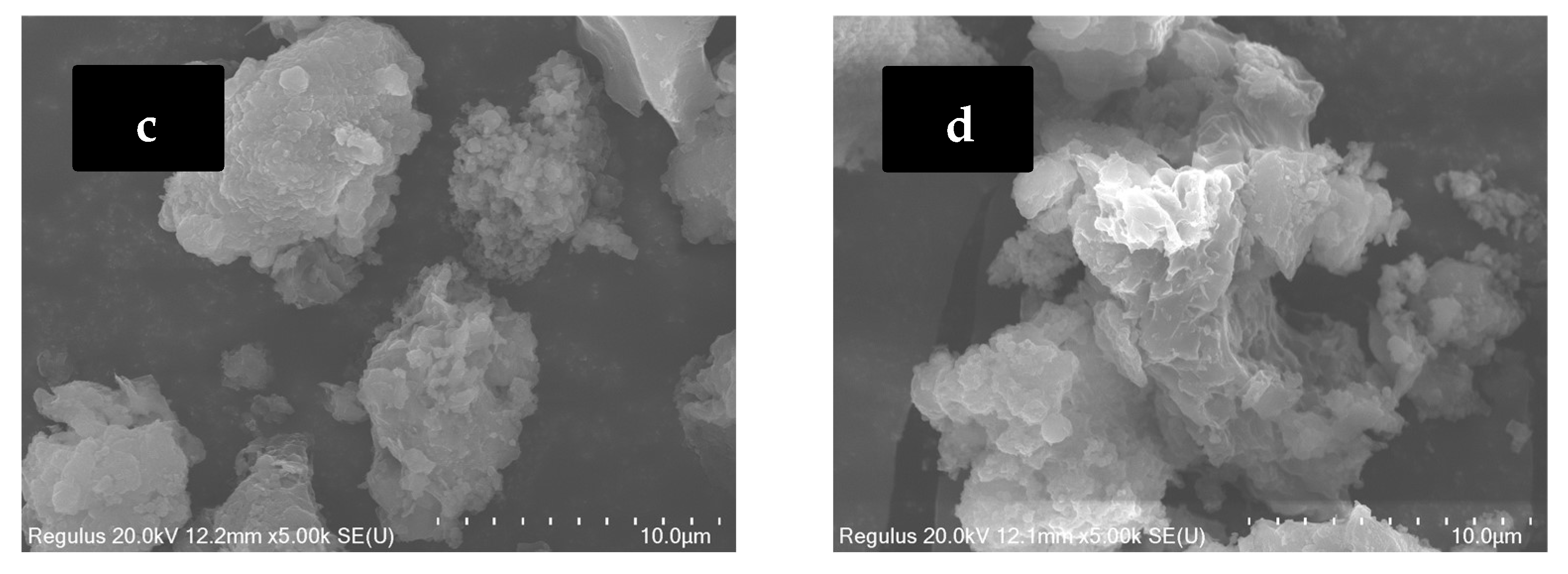
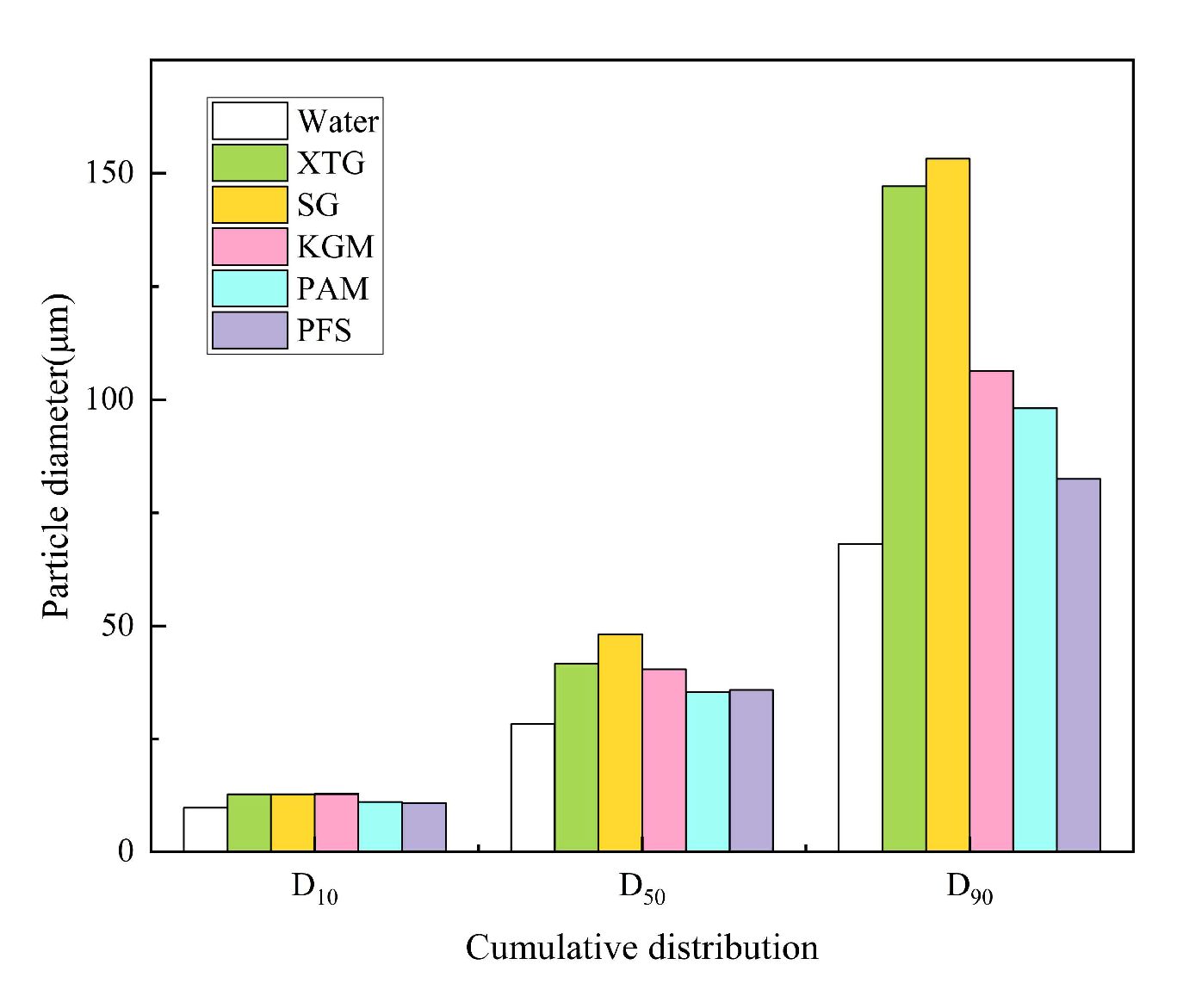
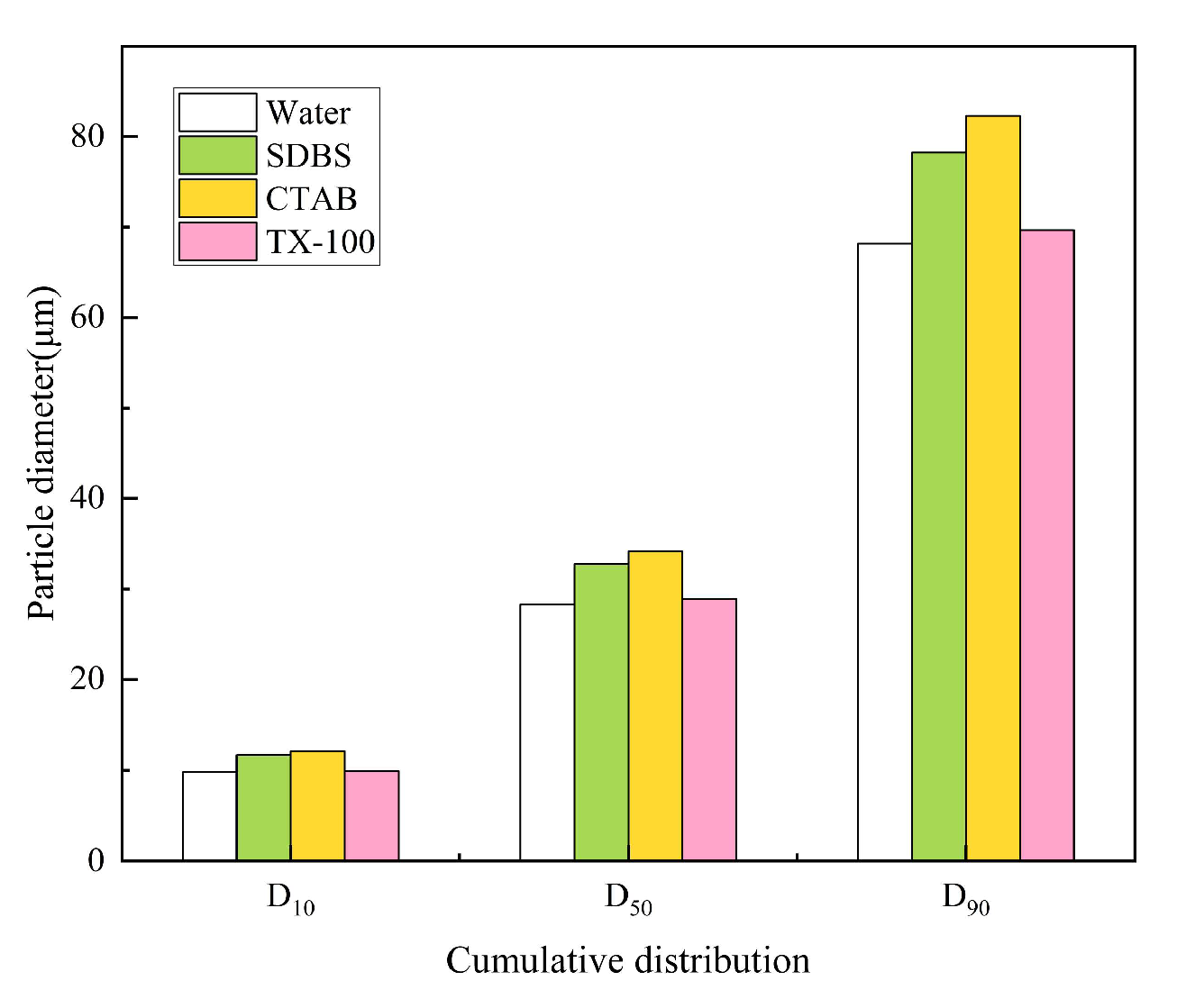
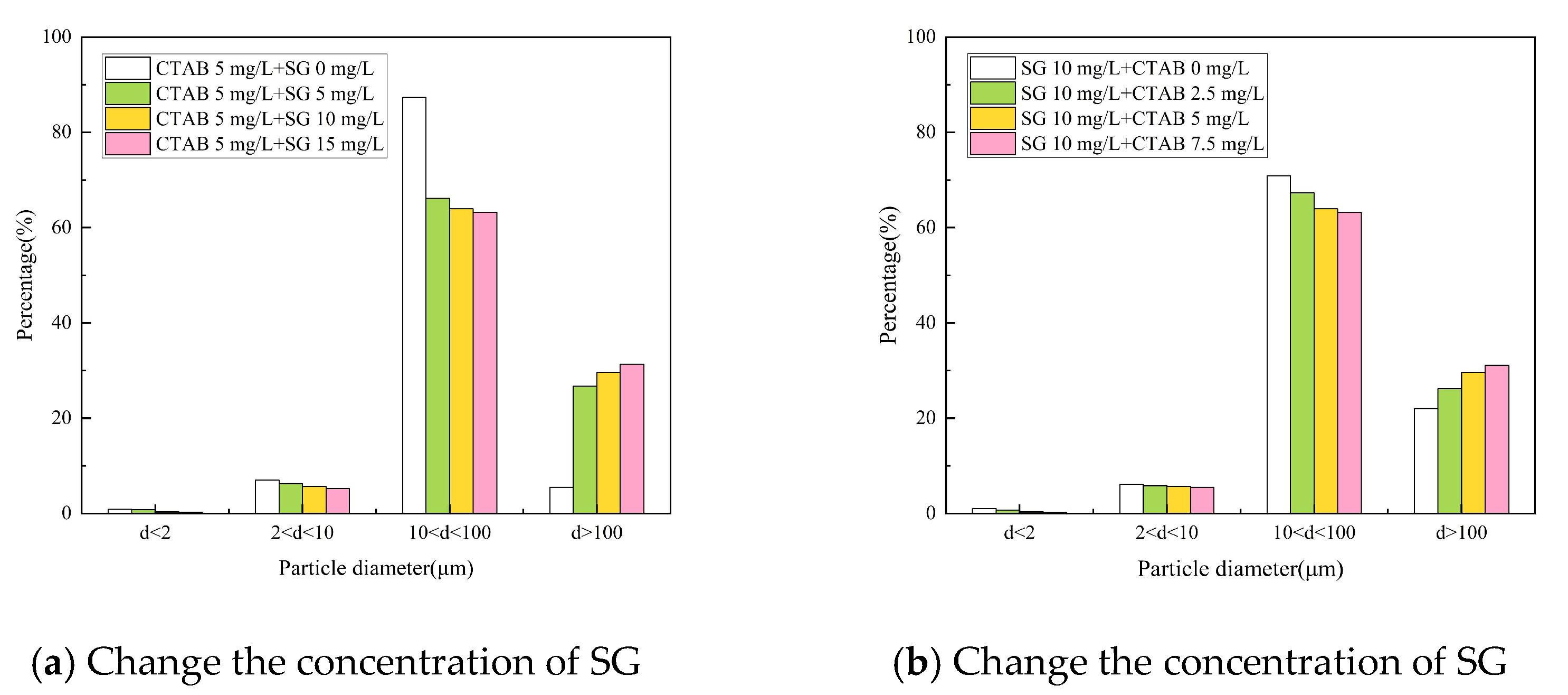
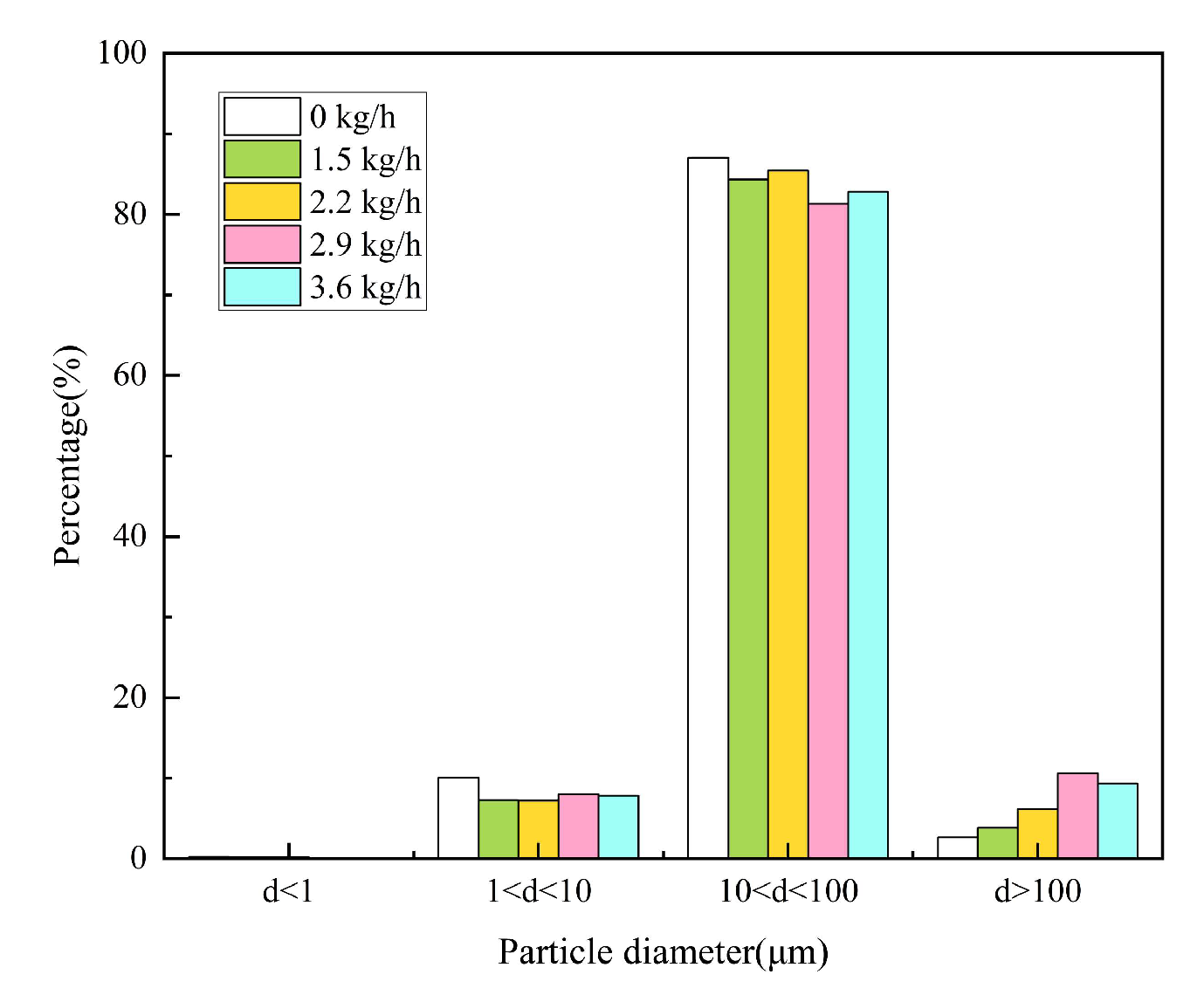
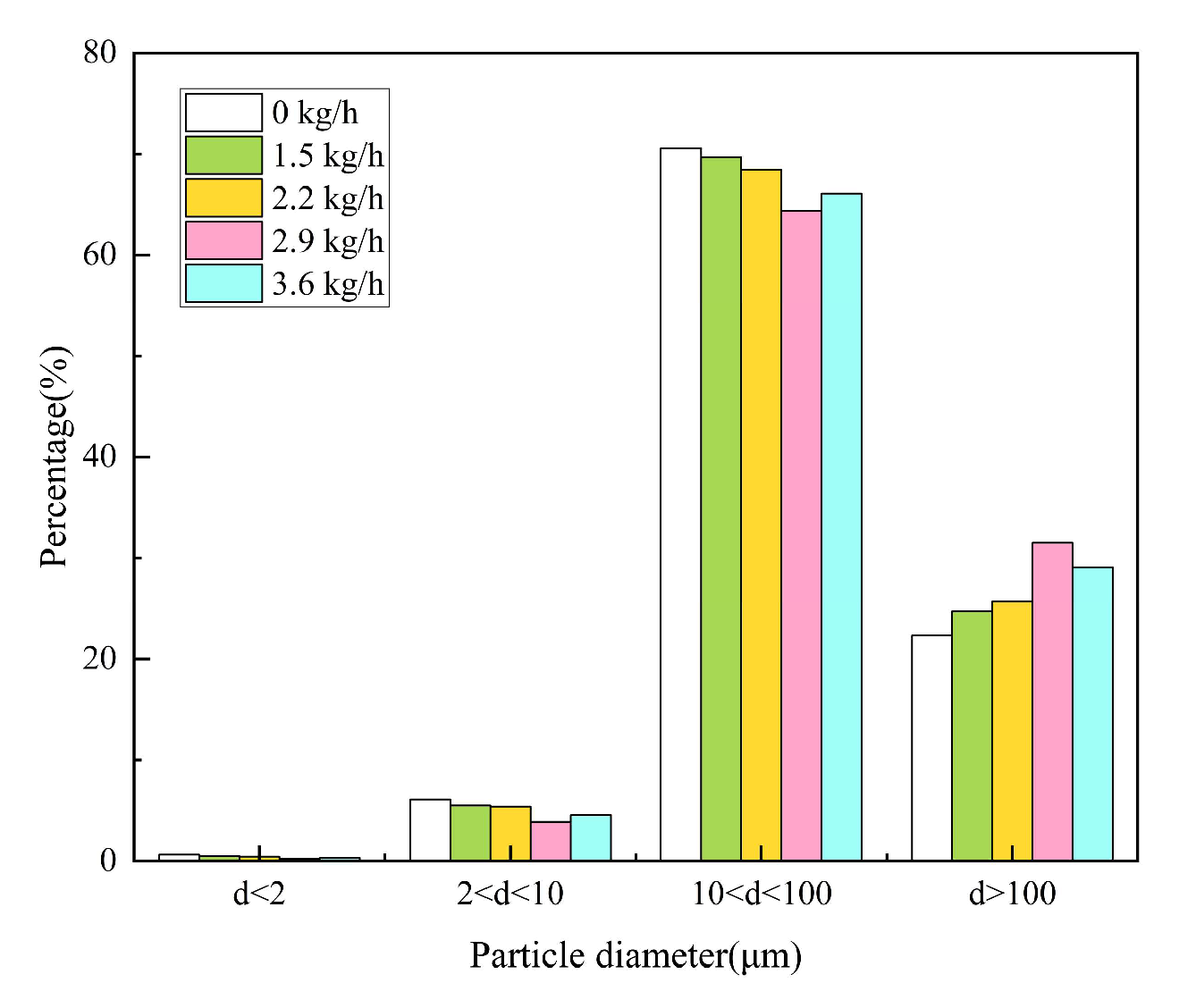
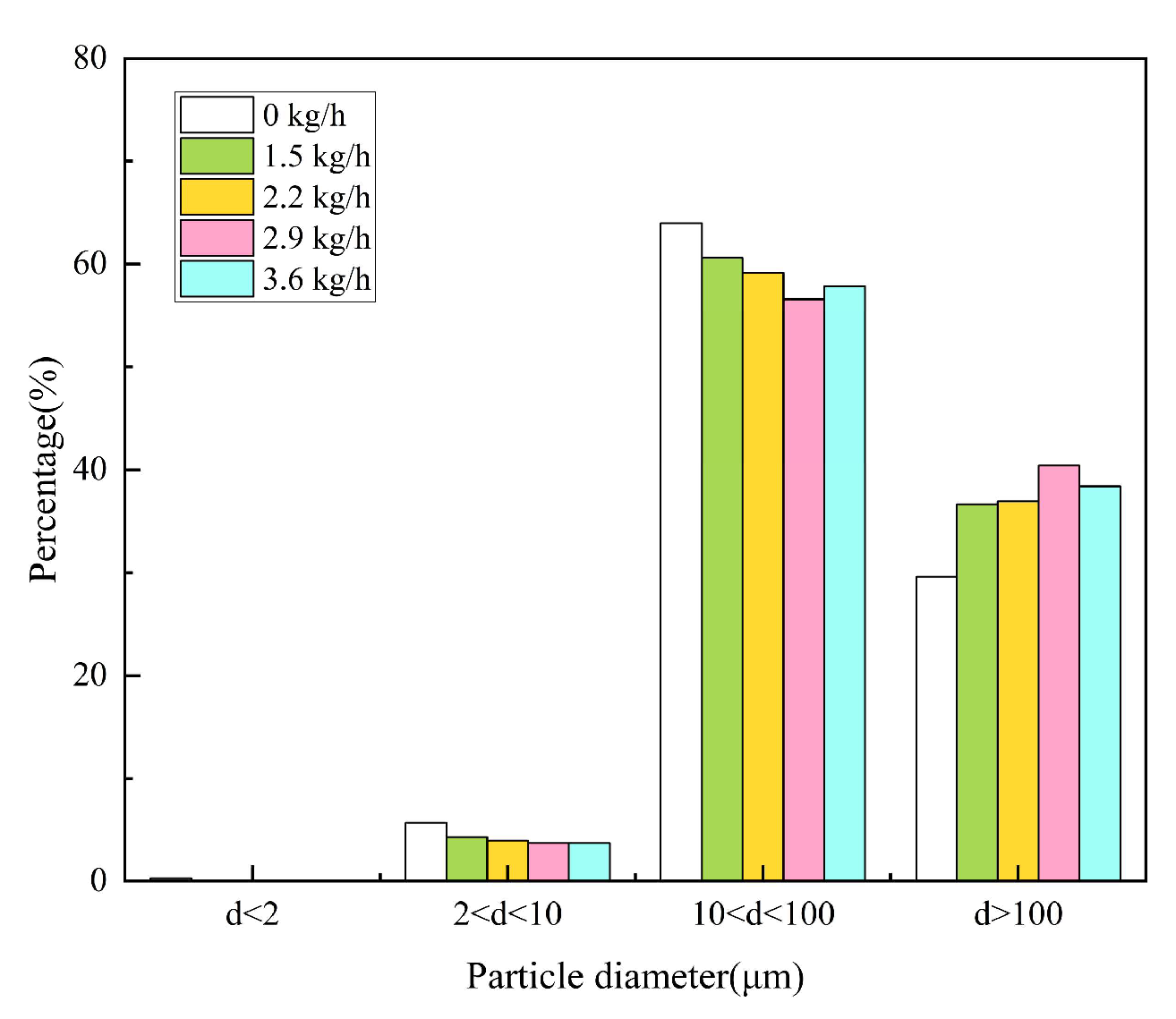
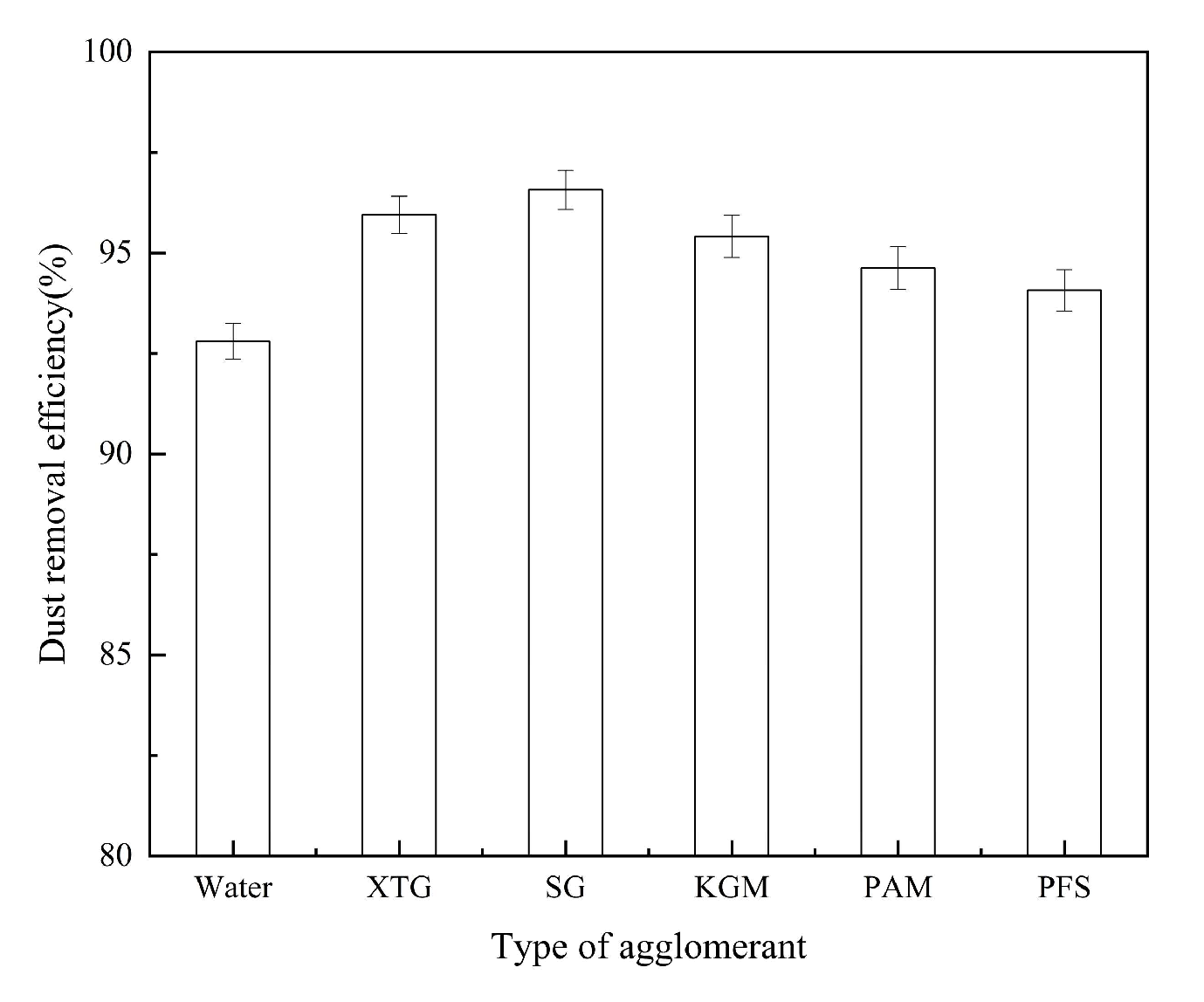
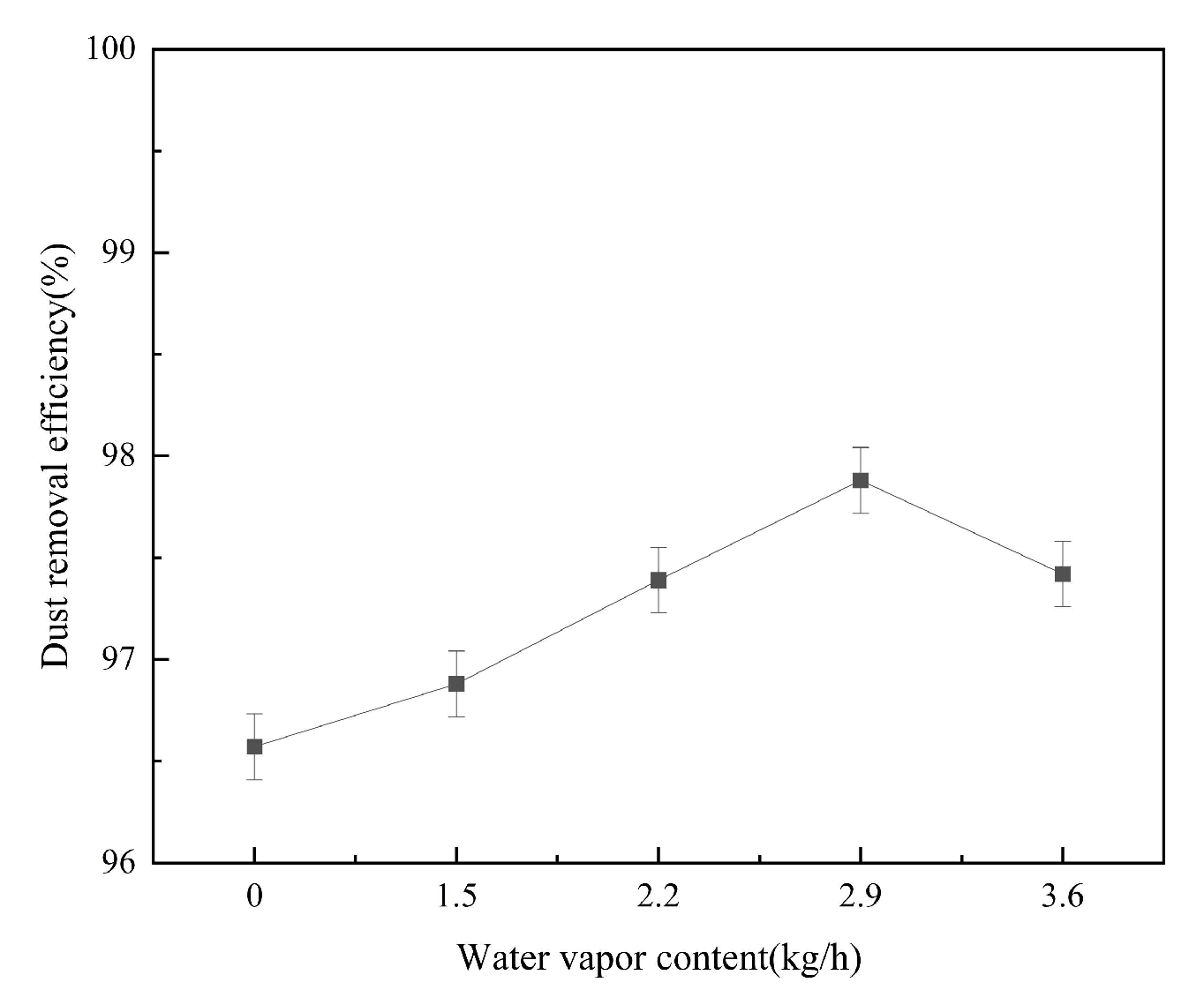

| Species | Name | Molecular Weight | Characteristics | Manufacturer |
|---|---|---|---|---|
| Chemical agglomerates | XTG (xanthan gum) | 1 × 106~3 × 106 [24] | Natural polymer polysaccharides | Tianjin Guangfu Fine Chemical Research Institute, Tianjin, China |
| SG (sesbania gum) | 2.3 × 105~3.4 × 105 [25] | Natural polymer polysaccharides | Guangdong Xinrui Biotechnology Co., Ltd., China | |
| KGM (konjac glucomannan) | 5 × 105~2 × 106 [26] | Natural polymer polysaccharides | Henan Wanbang Chemical Technology Co., Ltd., China | |
| PAM (Polyacrylamide) | 4 × 106~1.5 × 107 [27] | Organic polymer flocculant | Tianjin Kemio Chemical Reagent Co., Ltd., Tianjin, China | |
| PFS (poly ferric sulfate) | 2000–5000 [28] | Inorganic polymer flocculent | Tianjin Kemio Chemical Reagent Co., Ltd., Tianjin, China | |
| surfactant | SDBS (Sodium dodecylbenzene sulfonate) | 348.48 [29] | Anionic surfactants | Tianjin Kaitong Chemical Reagent Co., Ltd., Tianjin, China |
| CTAB (Hexadecyltrimethylammonium bromide) | 364.45 [29] | Cationic Surfactant | Tianjin Huasheng Chemical Reagent Co., Ltd., Tianjin, China | |
| TX-100 (Octylphenyl polyoxyethylene ether) | 625 [30] | nonionic surfactant | Tianjin Guangfu Fine Chemical Research Institute, Tianjin, China |
Disclaimer/Publisher’s Note: The statements, opinions and data contained in all publications are solely those of the individual author(s) and contributor(s) and not of MDPI and/or the editor(s). MDPI and/or the editor(s) disclaim responsibility for any injury to people or property resulting from any ideas, methods, instructions or products referred to in the content. |
© 2024 by the authors. Licensee MDPI, Basel, Switzerland. This article is an open access article distributed under the terms and conditions of the Creative Commons Attribution (CC BY) license (https://creativecommons.org/licenses/by/4.0/).
Share and Cite
Chen, H.; Li, H.; Wang, S.; Han, Y.; Zhai, X.; Xiao, L. Synergistic Humidification and Chemical Agglomeration to Improve Capturing the Fine Particulate Matter by Electrostatic Precipitator. Coatings 2024, 14, 420. https://doi.org/10.3390/coatings14040420
Chen H, Li H, Wang S, Han Y, Zhai X, Xiao L. Synergistic Humidification and Chemical Agglomeration to Improve Capturing the Fine Particulate Matter by Electrostatic Precipitator. Coatings. 2024; 14(4):420. https://doi.org/10.3390/coatings14040420
Chicago/Turabian StyleChen, Hongrui, Hengtian Li, Shuting Wang, Yingying Han, Xiaoyu Zhai, and Lichun Xiao. 2024. "Synergistic Humidification and Chemical Agglomeration to Improve Capturing the Fine Particulate Matter by Electrostatic Precipitator" Coatings 14, no. 4: 420. https://doi.org/10.3390/coatings14040420
APA StyleChen, H., Li, H., Wang, S., Han, Y., Zhai, X., & Xiao, L. (2024). Synergistic Humidification and Chemical Agglomeration to Improve Capturing the Fine Particulate Matter by Electrostatic Precipitator. Coatings, 14(4), 420. https://doi.org/10.3390/coatings14040420







